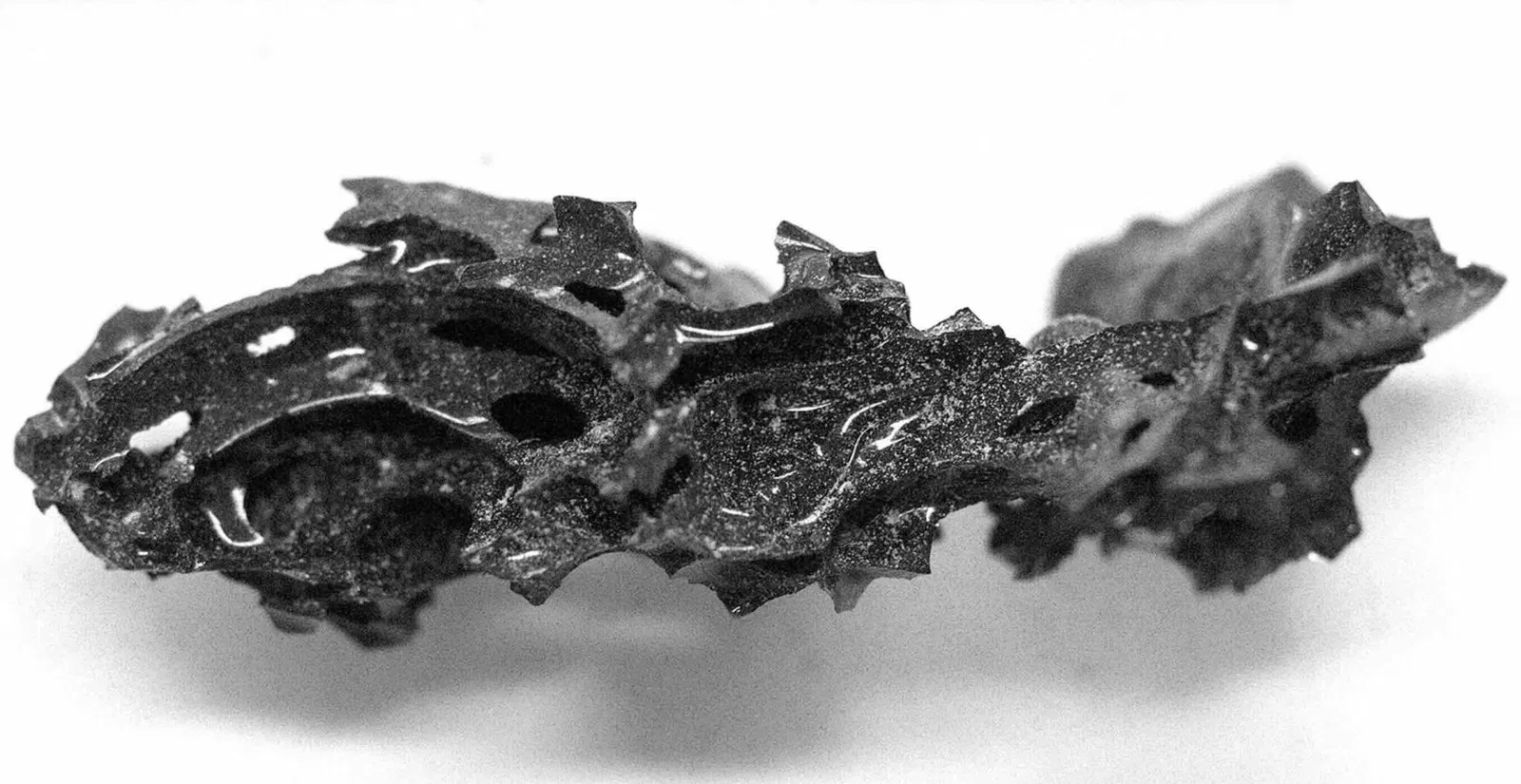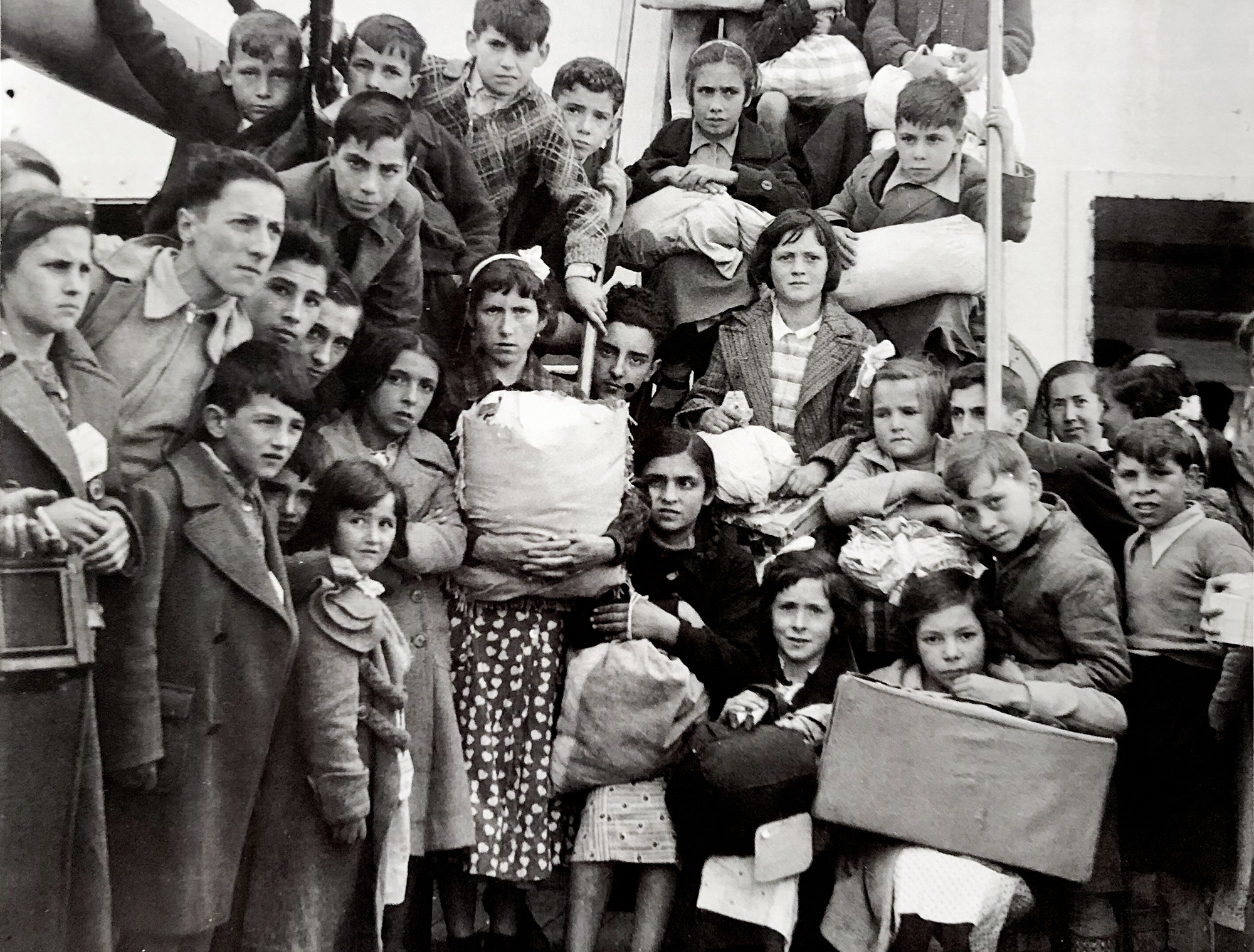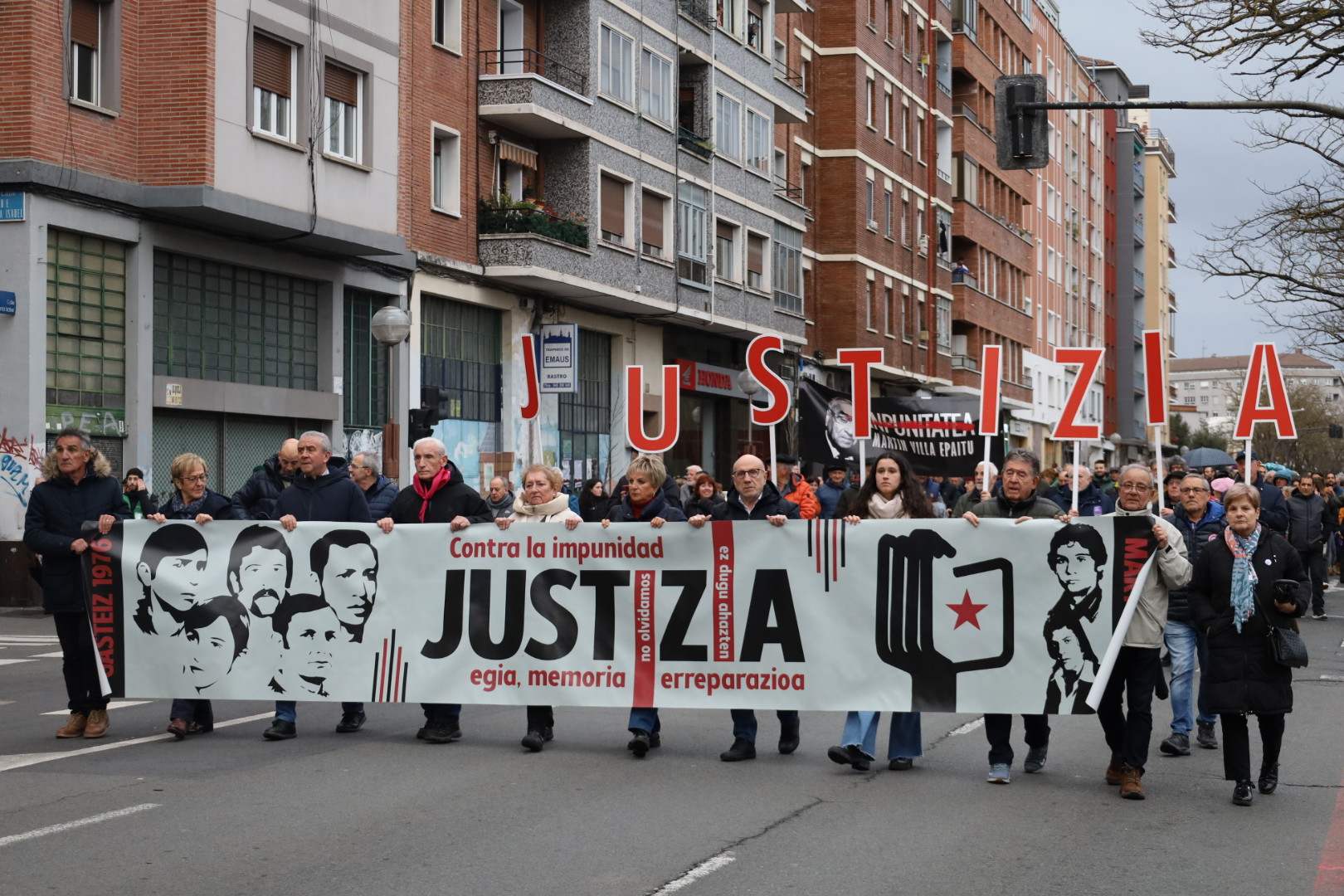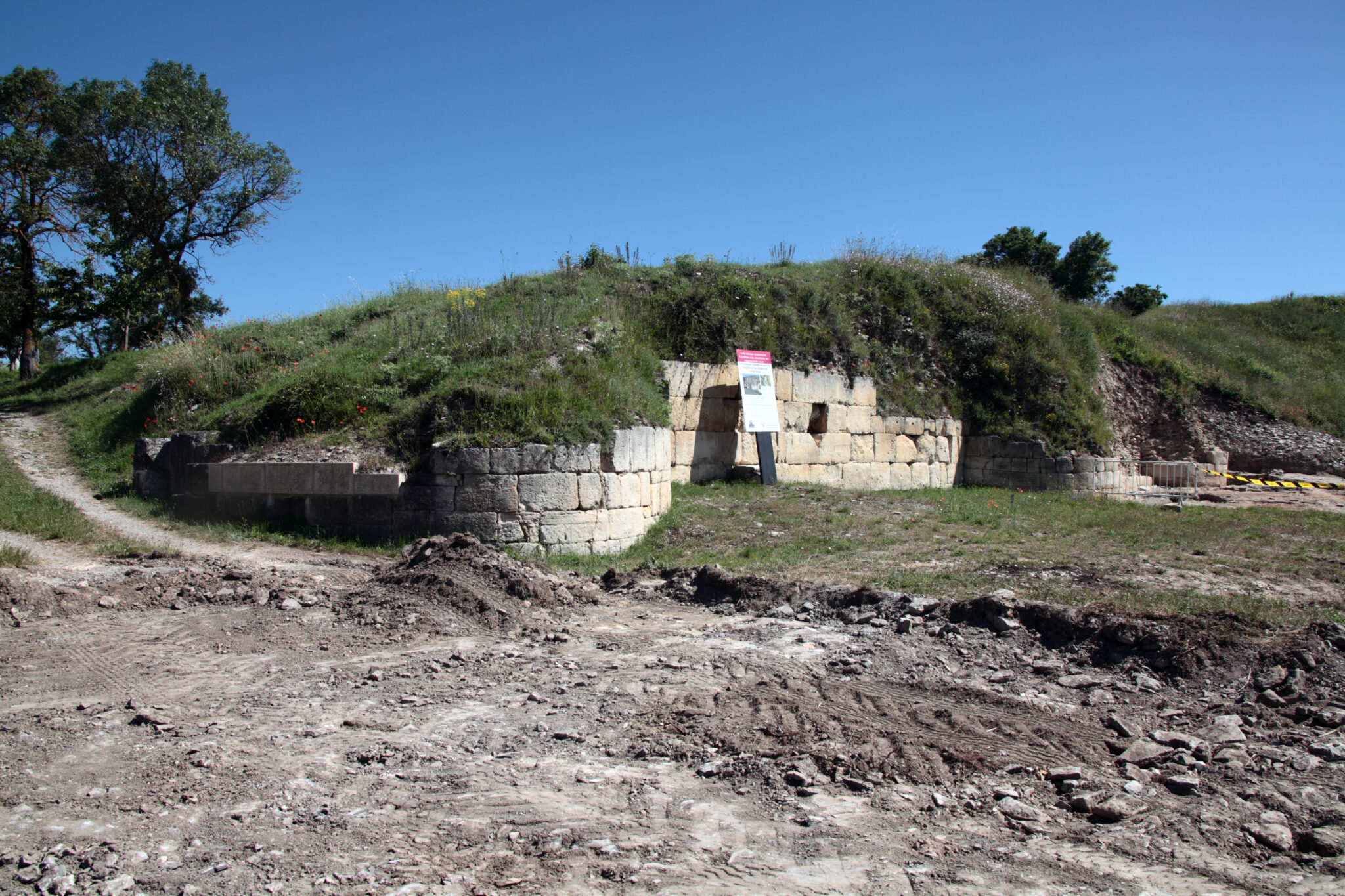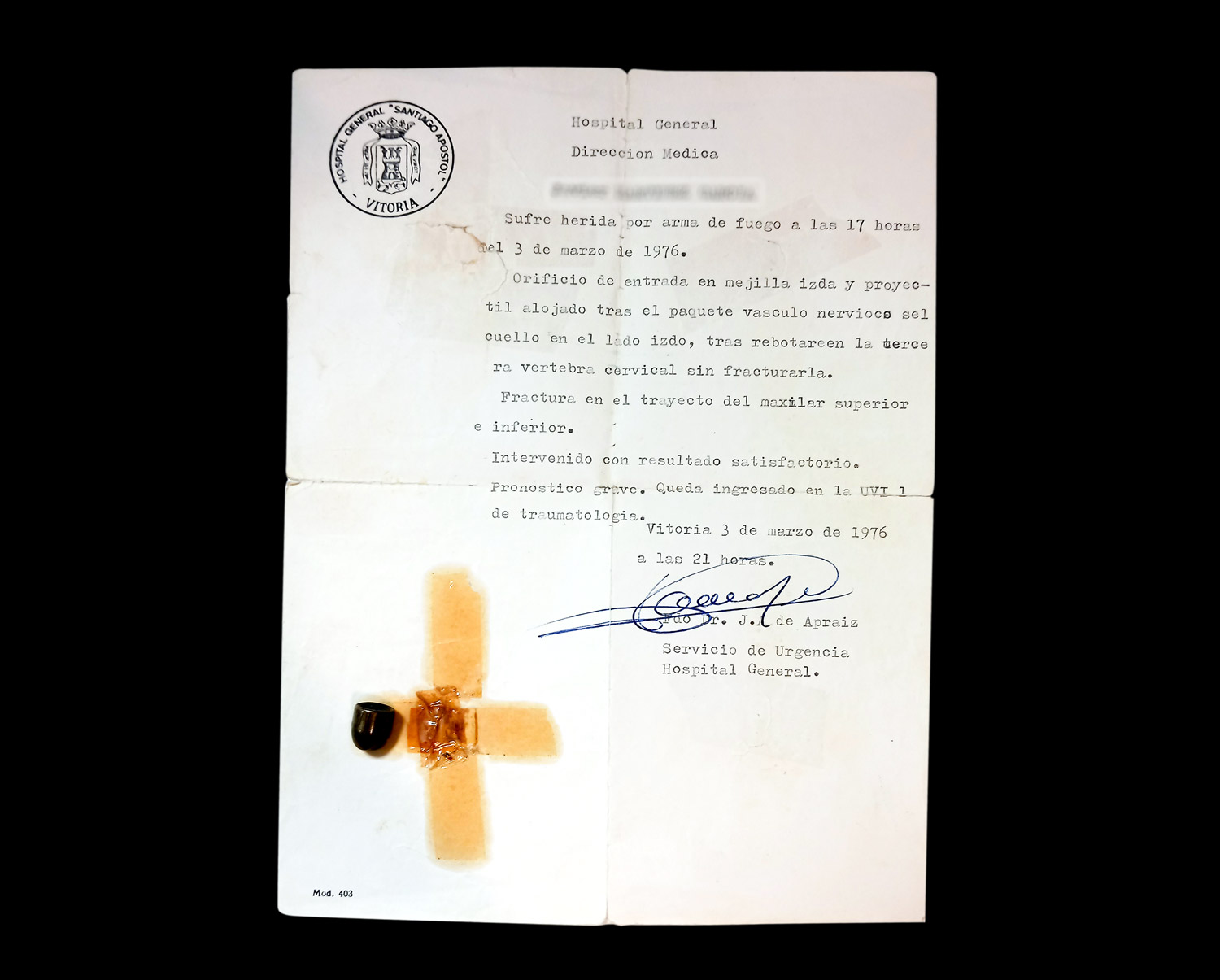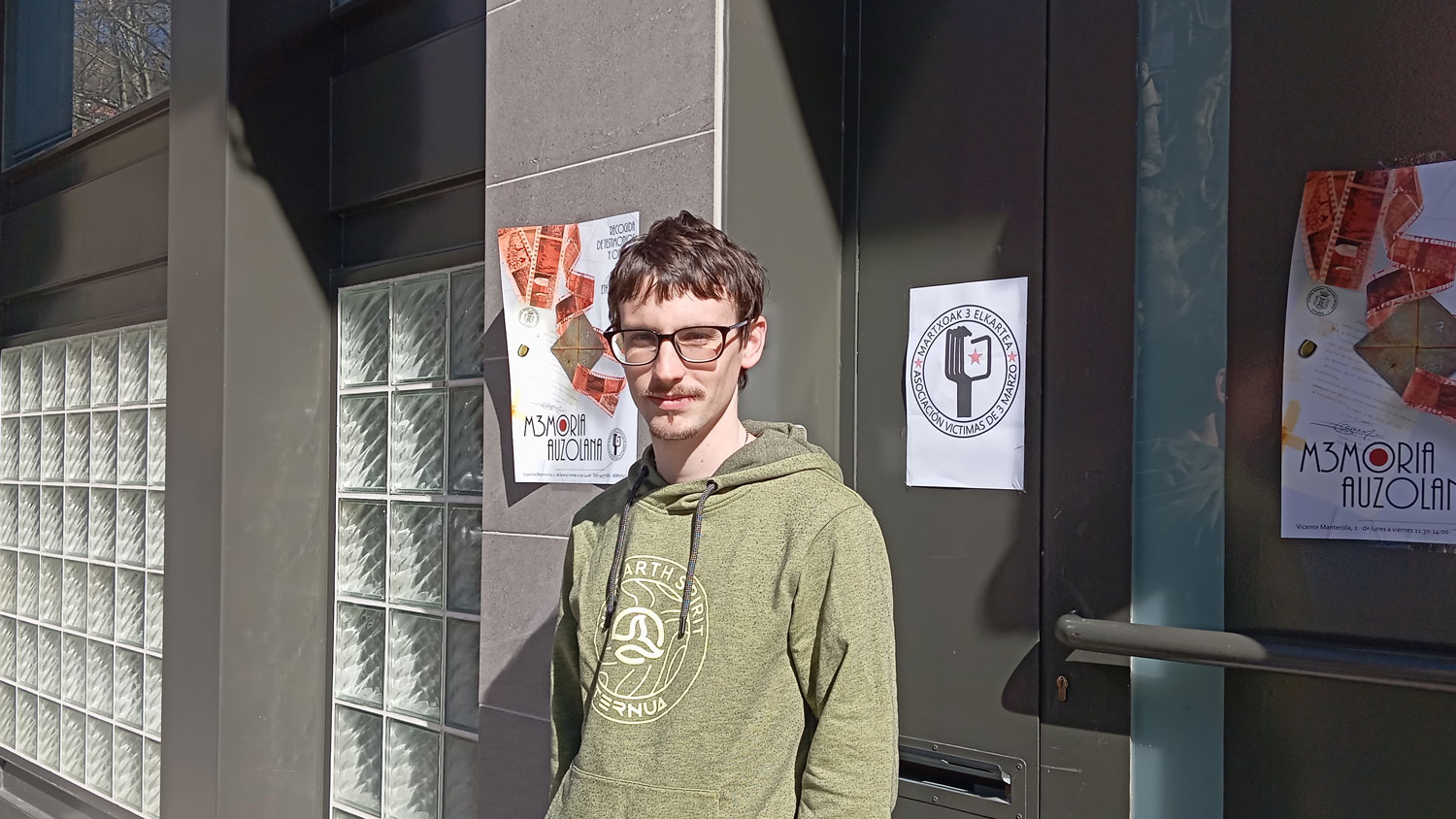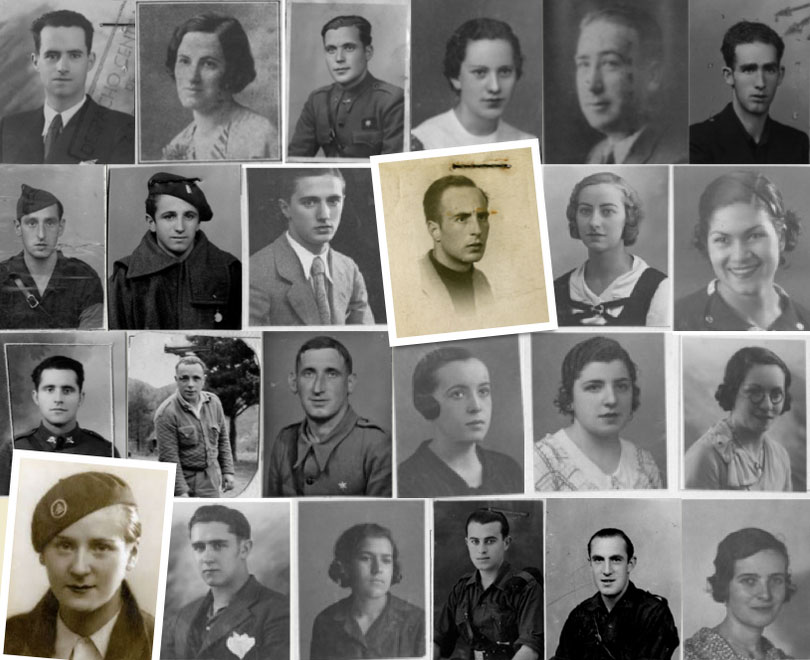Historians in the kitchen

I had trouble deciding this week’s issue. I could write about genocide, Palestine and the banality of evil. But in the special issue of LARRUN I could not add anything better than what has already been said. He could also write about the historiographical debate that has taken place in Navarre about Carlism, but Hedoi Etxarte went ahead in Berria. Faced with the massacres, we should not be drunk, but I will not have a liver to write with this raw material. I have decided at the moment to address more innocent and innocent issues: in this case, sources and historical-scientific methodology.
Sources for historians are essential because they bring us closer to the past. They can be of various kinds. The most common and used are public and private documents (political, economic, legal, letters, censuses…), newspaper publications (newspapers, magazines), personal memories and journals, literary sources and so on. Iconographic and audiovisual sources include the plastic arts (painting, sculpture, posters, propaganda, …), music, cinema, videos of all kinds, cartography or photographs. Archaeology, on the contrary, deals with material sources, analyzing buildings, objects or landscape in its context. Oral sources collected through interviews are also important.
Well, all those historical sources are our components. But of course, we cannot use these sources raw. We can't believe this information at all, that's where the culinary ability of the historian lies. First, we have to define and define what our object of research is and ask questions and hypotheses about it. We then look for and select the most appropriate sources to answer these questions or hypotheses (if possible, conform to what is otherwise). Next, and this is the key, we must critically analyse the credibility of the sources. Can we guarantee that the sources are original and from that time? What is the issuer? What is the recipient? Why does this source arise? We must not forget that the sources are not neutral and objective, but that behind them there can be political and social interests depending on their social and cultural context. Once the data is extracted from the sources, all this information must be contrasted, that is, whether it is compatible or contradictory to what other sources say. Finally, we use and serve the prepared. That is, it must be written according to the data obtained, because history ultimately adopts a narrative form. The text should reflect our ideas and arguments and, according to the information obtained, respond to initial questions and provide an interpretation of historical facts.
In short, choose the sources, rigorously judge their content and context, contrast the data obtained and finally publish them. That is the historical-scientific method, which is our recipe.
79. urtean, Vesubio sumendiaren erupzioak errautsez eta arrokaz estali zituen Ponpeia eta Herkulano hiriak eta hango biztanleak. Aurkikuntza arkeologiko ugari egin dira hondakinetan; tartean, 2018an, gorpuzki batzuk aztertu zituzten berriro, eta ikusi zuten gizon baten garuna... [+]
Luxorren, Erregeen Haranetik gertu, hilobi garrantzitsu baten sarrera eta pasabide nagusia aurkitu zituzten 2022an. Orain, alabastrozko objektu batean Tutmosis II.aren kartutxoa topatu dute (irudian). Horrek esan nahi du hilobi hori XVIII. dinastiako faraoiarena... [+]
AEB, 1900eko azaroaren 6a. William McKinley (1843-1901) bigarrenez aukeratu zuten AEBetako presidente. Berriki, Donald Trump ere bigarrenez presidente aukeratu ondoren, McKinleyrekiko miresmen garbia agertu du.
Horregatik, AEBetako mendirik altuenari ofizialki berriro... [+]
Andeetako Altiplanoan, qocha deituriko aintzirak sortzen hasi dira inken antzinako teknikak erabilita, aldaketa klimatikoari eta sikateei aurre egiteko. Ura “erein eta uztatzea” esaten diote: ura lurrean infiltratzen da eta horrek bizia ekartzen dio inguruari. Peruko... [+]
1936ko Gerran milaka haurrek Euskal Herria utzi behar izan zuten faxisten bonbetatik ihes egiteko. Frantzia, Katalunia, Belgika, Erresuma Batua, Sobietar Batasuna eta Amerikako herrialdeetara joandako horien historia jasotzeko zeregin erraldoiari ekin dio Intxorta 1937... [+]
49 urte eta gero Espainiako Poliziak Gasteizko Maria Sortzez Garbiaren katedralean eraildako bost langileak oroitu dituzte beste behin astelehen arratsaldean. Milaka pertsona batu dira Zaramagatik abiatutako eta katedralean amaitutako manifestazioan. Manifestari guztiek ez dute... [+]
Martxoaren 30erako Iruña-Veleia martxan, SOS Iruña-Veleia eta Euskeraren jatorria elkarteek manifestaziora deitu dute, Aski da! Argitu, ez suntsitu lelopean. Azken bi urteetan "hondeatzaileak sistematikoki eremu arkeologiko oso aberatsak suntsitzeko modu... [+]
1976ko martxoaren 3an, Gasteizen, Poliziak ehunka tiro egin zituen asanbladan bildutako jendetzaren aurka, zabalduz eta erradikalizatuz zihoan greba mugimendua odoletan ito nahian. Bost langile hil zituzten, baina “egun hartan hildakoak gehiago ez izatea ia miraria... [+]
Martxoak 3ko sarraskiaren 49. urteurrena beteko da astelehenean. Grebetan eta asanblada irekietan oinarritutako hilabetetako borroka gero eta eraginkorragoa zenez, odoletan itotzea erabaki zuten garaiko botereek, Trantsizioaren hastapenetan. Martxoak 3 elkartea orduan... [+]
Memoria eta Bizikidetzako, Kanpo Ekintzako eta Euskarako Departamentuko Memoriaren Nafarroako Institutuak "Maistrak eta maisu errepresaliatuak Nafarroan (1936-1976)" hezkuntza-webgunea aurkeztu du.
Urruña, 1750eko martxoaren 1a. Herriko hainbat emakumek kaleak hartu zituzten Frantziako Gobernuak ezarritako tabakoaren gaineko zergaren aurka protesta egiteko. Gobernuak matxinada itzaltzeko armada bidaltzea erabaki zuen, zehazki, Arloneko destakamentu bat. Militarrek... [+]
Ezpatak, labanak, kaskoak, fusilak, pistolak, kanoiak, munizioak, lehergailuak, uniformeak, armadurak, ezkutuak, babesak, zaldunak, hegazkinak eta tankeak. Han eta hemen, bada jende klase bat historia militarrarekin liluratuta dagoena. Gehien-gehienak, historia-zaleak izaten... [+]
Martxoaren 3ko Memoriala hornitzeko erabiliko dira bildutako objektuak. Ekimena ahalik eta jende gehienarengana iristeko asmoz, jardunaldiak antolatuko ditu Martxoak 3 elkarteak Gasteizko auzoetan.








